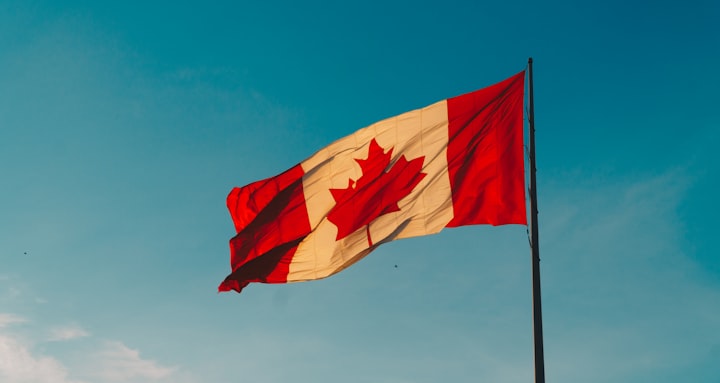Mention of the affected regions in Canada and their proximity to the Tri-State area
Tri-State air quality to again be impacted by smoke from wildfires in Canada

Introduction:
The Tri-State area is set to experience another round of negative air quality due to the smoke emanating from wildfires in Canada. As over 300 wildfires continue to burn up north, Governor Kathy Hochhilo administration has issued an air quality health advisory for Wednesday in the Eastern Lake Ontario, Central New York, and Western New York regions. This recurring phenomenon serves as a tangible reminder of the real-time effects of climate change, as stated by Governor Hochul during a briefing. The imminent impact on air quality requires heightened awareness and necessary precautions to ensure public health and safety.
The Tri-State area, comprising New York, New Jersey, and Connecticut, is once again bracing for the impact of smoke from wildfires raging in Canada. The affected regions in Canada, particularly those in close proximity to the Tri-State area, play a significant role in determining the extent of the air quality deterioration.
Eastern Lake Ontario, Central New York, and Western New York are among the regions directly impacted by the smoke from Canadian wildfires. These regions are located in the northeastern part of the United States, making them susceptible to the transport of smoke particles carried by prevailing winds. The proximity of these areas to the Canadian border means that smoke can easily travel southward, affecting the air quality in neighboring states.
The prevailing wind patterns, weather conditions, and atmospheric dynamics play a crucial role in the dispersion and movement of smoke particles. As the smoke plumes rise and disperse, they can be carried by winds over long distances. Factors such as wind speed, direction, and stability influence the trajectory of the smoke, determining which areas experience the most significant impact.

In the case of the Tri-State area, the combination of geographic proximity to affected regions in Canada and prevailing wind patterns can result in smoke traveling southward, affecting air quality levels. It is crucial for residents of the Tri-State area to stay informed about the air quality advisories and take appropriate measures to mitigate any potential health risks associated with poor air quality.
As the Canadian wildfires continue to burn, it is important to recognize the interconnectivity of air quality across regions. Collaborative efforts between countries and a comprehensive approach to addressing climate change are essential to tackle the root causes of wildfires and protect air quality on a global scale.

Current Situation:
The Tri-State area is bracing itself for the influx of smoke from the ongoing Canadian wildfires. The sheer number of wildfires burning in Canada has significant implications for air quality in neighboring regions. The severity of the situation prompted the issuance of an air quality health advisory by Governor Hochhilo administration.
Effects on Air Quality:
Smoke from Canadian wildfires has a direct and negative impact on air quality in the Tri-State area. The fine particles present in the smoke can cause respiratory issues and pose a threat to human health. Monitoring the air quality index (AQI) becomes crucial during this period to gauge the level of pollution and take appropriate measures.
Forecast and Impact:
Meteorologists predict that the near-surface smoke will envelop the northeast of the United States on Wednesday, with New York City being partially shielded due to its location. However, as the system progresses towards the ocean, western New York is likely to experience a degradation in air quality. This decline may reach levels deemed unhealthy for sensitive groups. Continued winds from the northwest may exacerbate the situation into Thursday and early Friday.

Health Precautions:
In light of deteriorating air quality, it is essential for individuals to prioritize their health and take necessary precautions. Monitoring the air quality index is recommended, and if the index surpasses 150, staying indoors is advised. Wearing masks, particularly in enclosed spaces like subways, can offer additional protection. Individuals with underlying health conditions should be particularly cautious and avoid outdoor activities during this period.
Recommendations and Actions:
Governor Hochul has called for various preventive measures to be taken. Summer camps are advised to limit outdoor activities for children, while employers should minimize work time outdoors and provide masks to employees. The combination of hot and humid weather conditions, along with the influx of wildfire smoke, requires extra caution and vigilance.
Conclusion:
The recurrence of wildfire smoke impacting Tri-State air quality underscores the urgent need to address climate change and its far-reaching consequences. As the Tri-State area prepares for another wave of diminished air quality, public awareness, and adherence to health precautions become paramount. By monitoring air quality indices and following recommended guidelines, individuals can safeguard their well-being and contribute to the collective effort to mitigate the effects of wildfires and protect the environment.





Comments
There are no comments for this story
Be the first to respond and start the conversation.